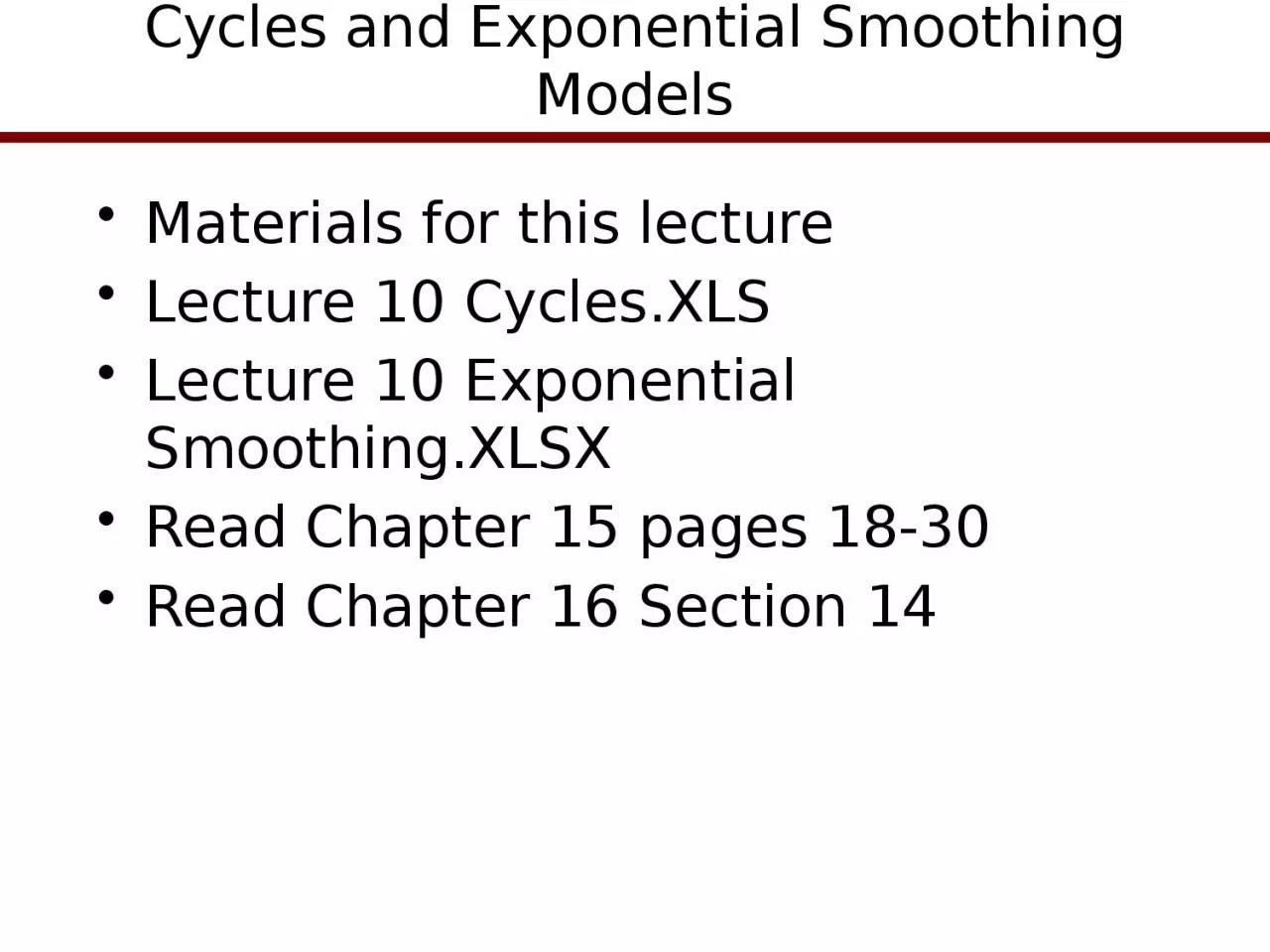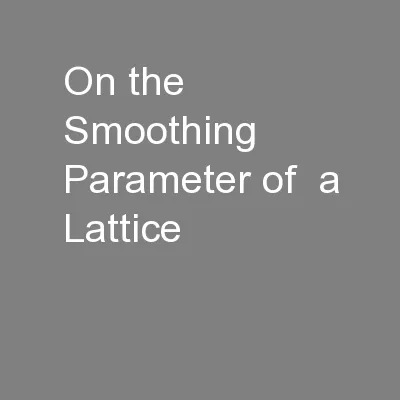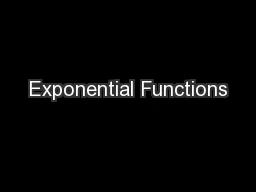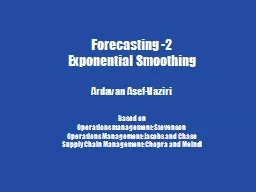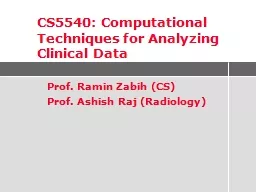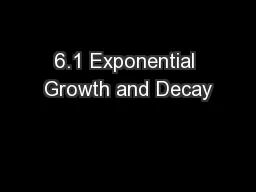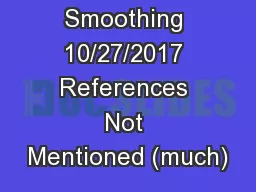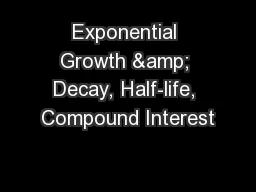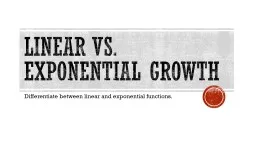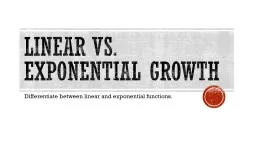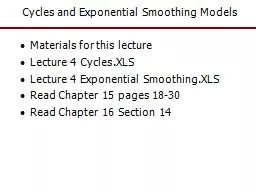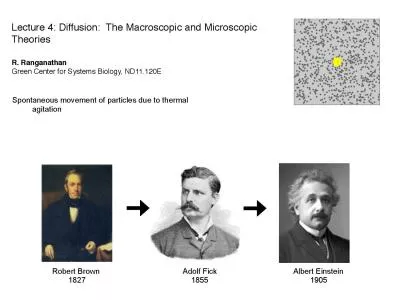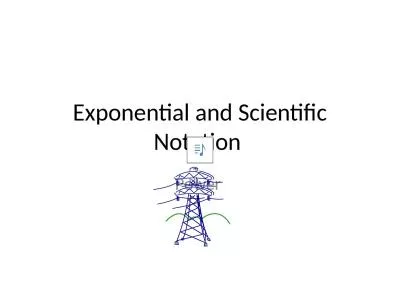PPT-Cycles and Exponential Smoothing Models
Author : enjoinsamsung | Published Date : 2020-08-28
Materials for this lecture Lecture 10 CyclesXLS Lecture 10 Exponential SmoothingXLSX Read Chapter 15 pages 1830 Read Chapter 16 Section 14 How Does Regression
Presentation Embed Code
Download Presentation
Download Presentation The PPT/PDF document "Cycles and Exponential Smoothing Models" is the property of its rightful owner. Permission is granted to download and print the materials on this website for personal, non-commercial use only, and to display it on your personal computer provided you do not modify the materials and that you retain all copyright notices contained in the materials. By downloading content from our website, you accept the terms of this agreement.
Cycles and Exponential Smoothing Models: Transcript
Download Rules Of Document
"Cycles and Exponential Smoothing Models"The content belongs to its owner. You may download and print it for personal use, without modification, and keep all copyright notices. By downloading, you agree to these terms.
Related Documents

